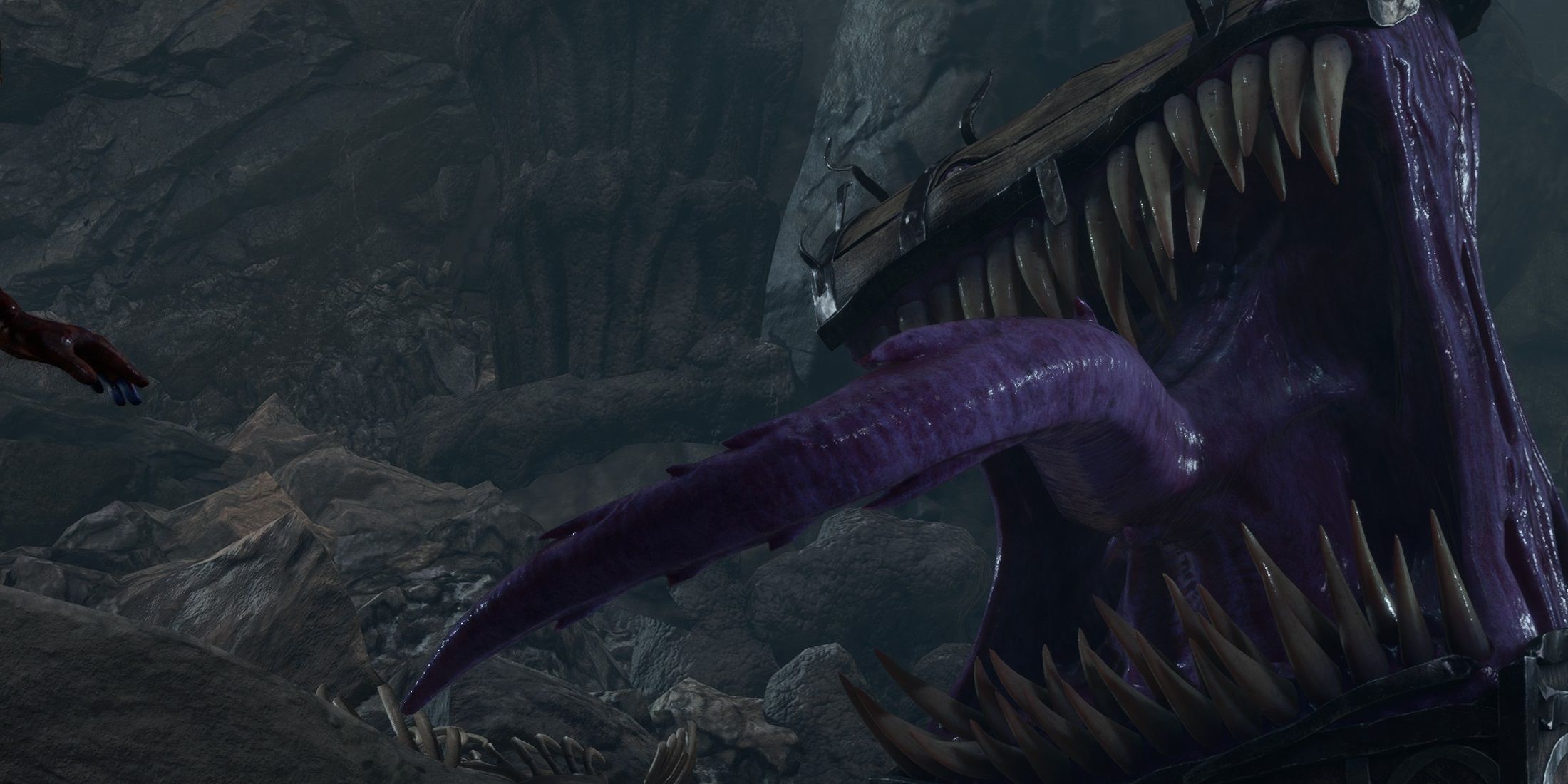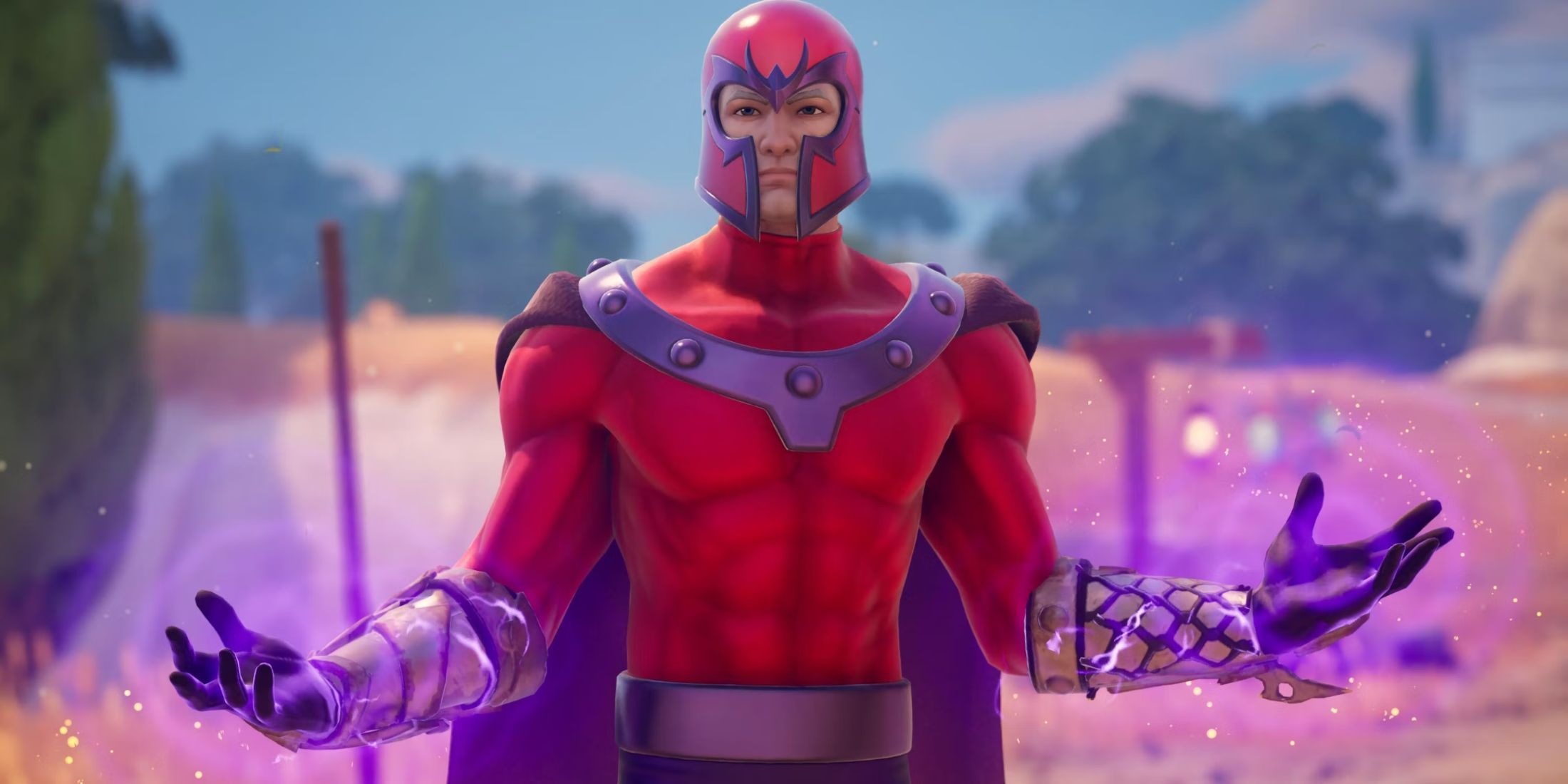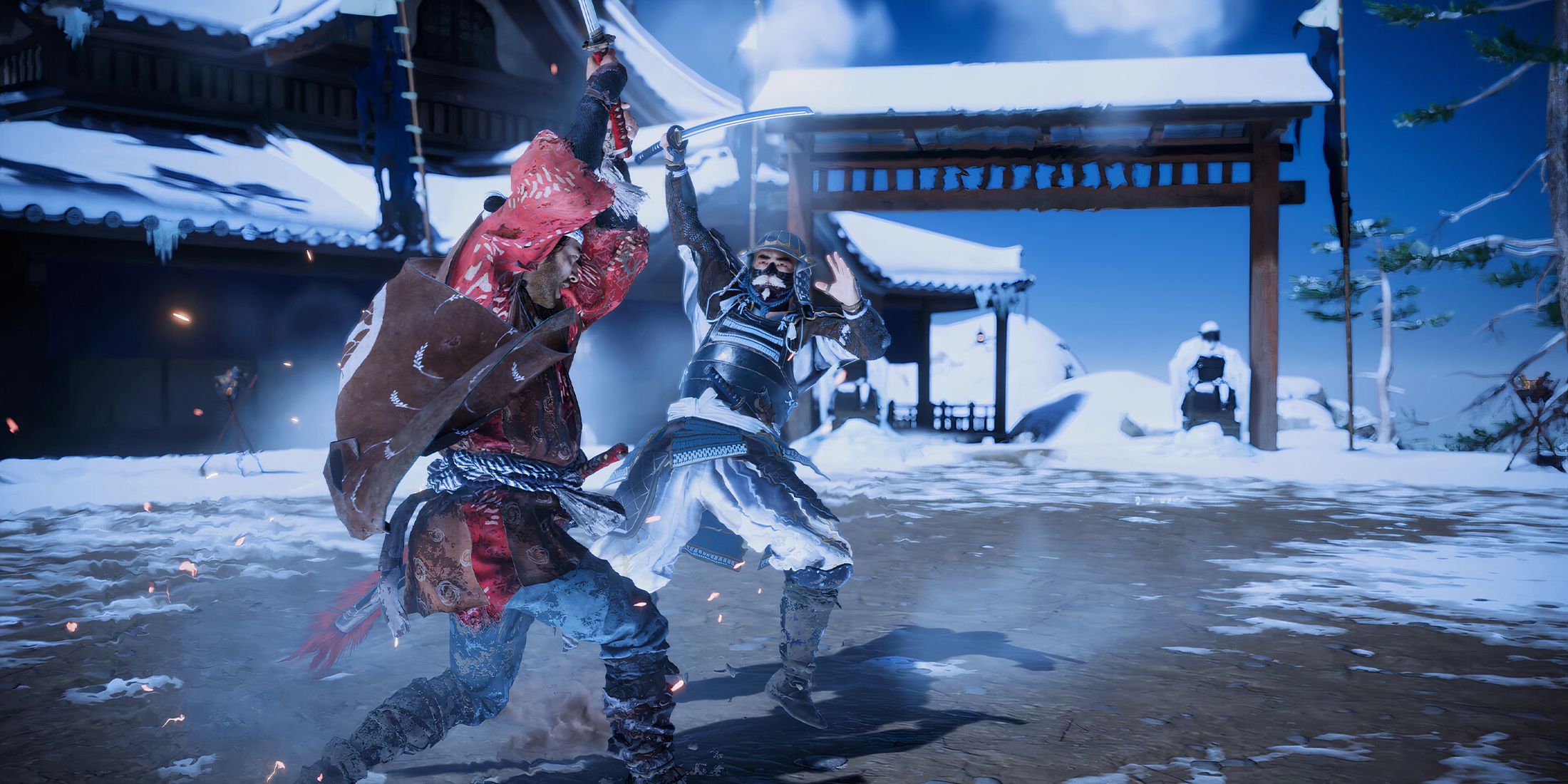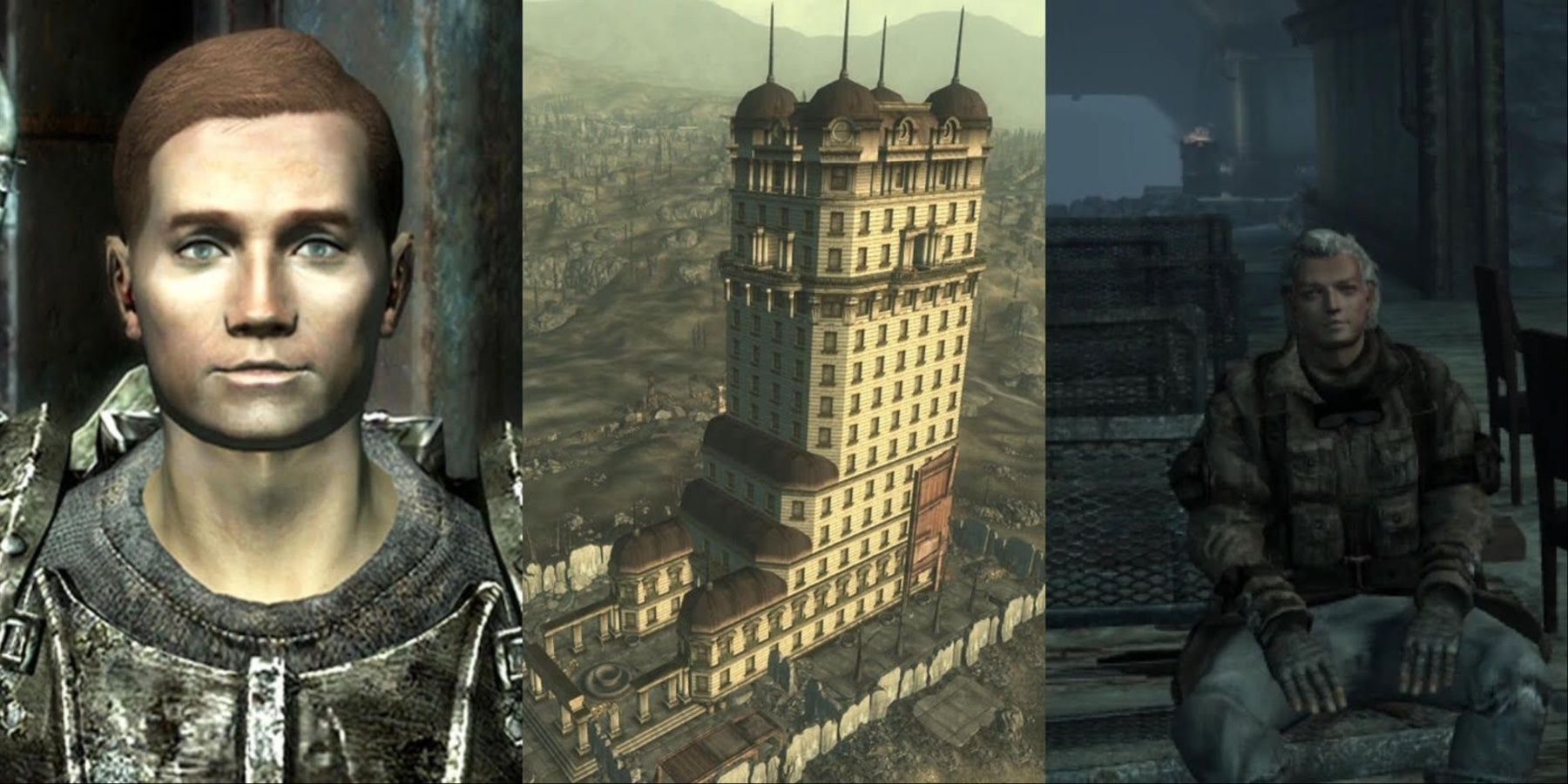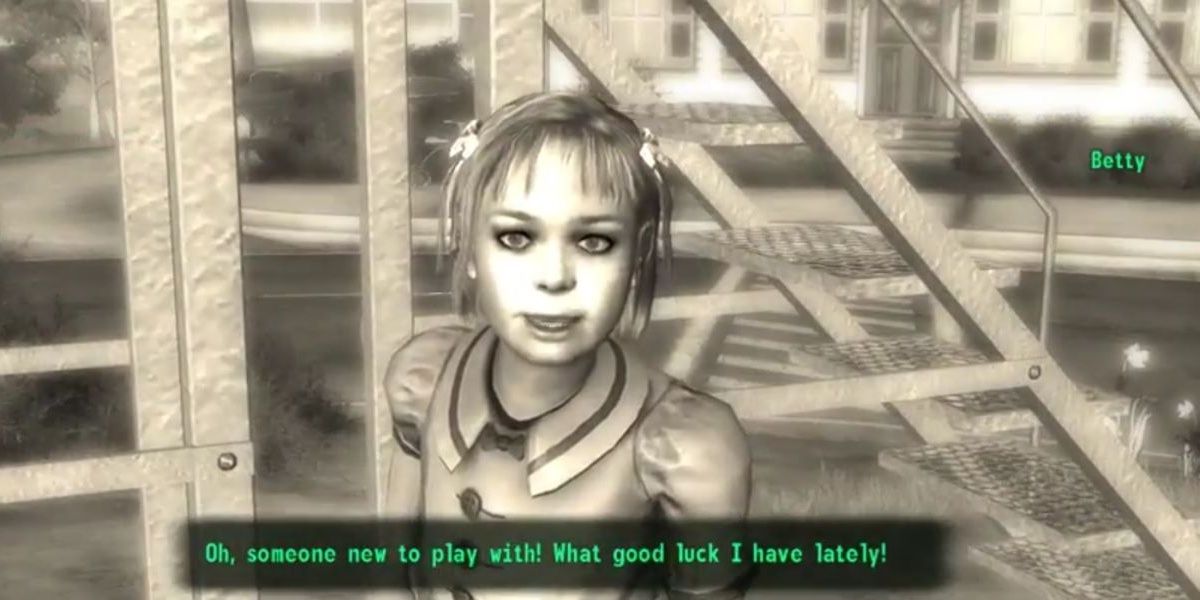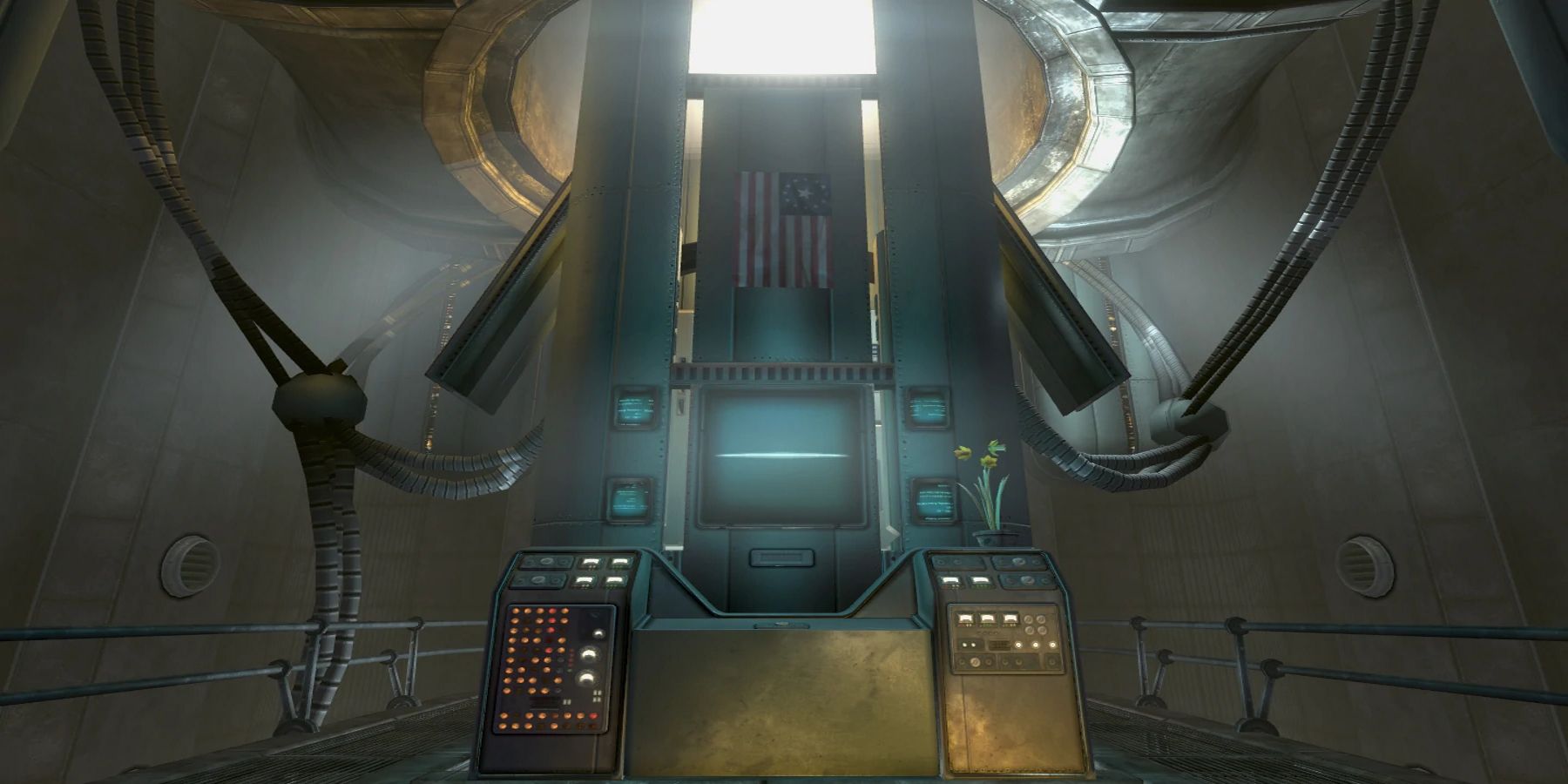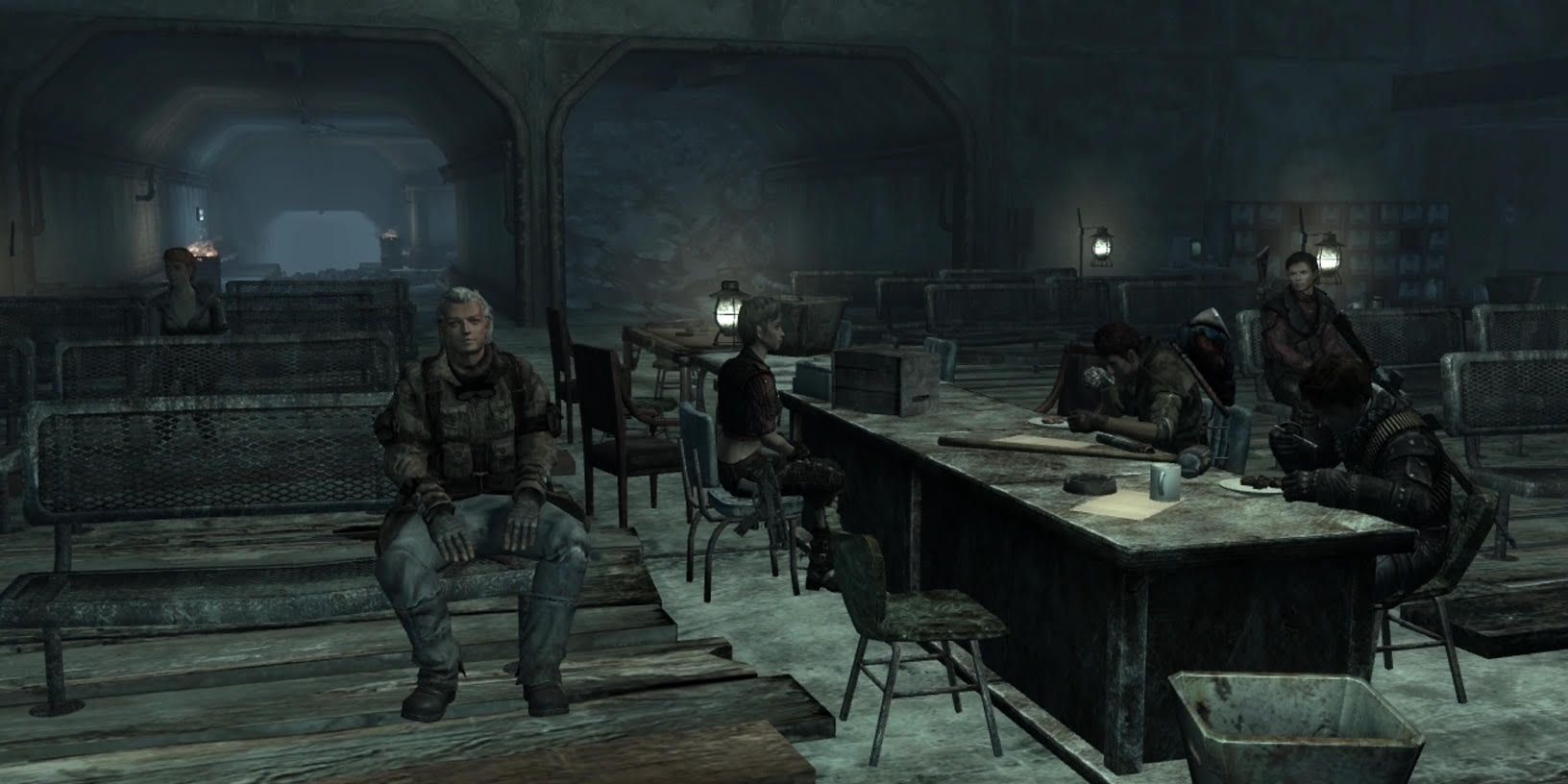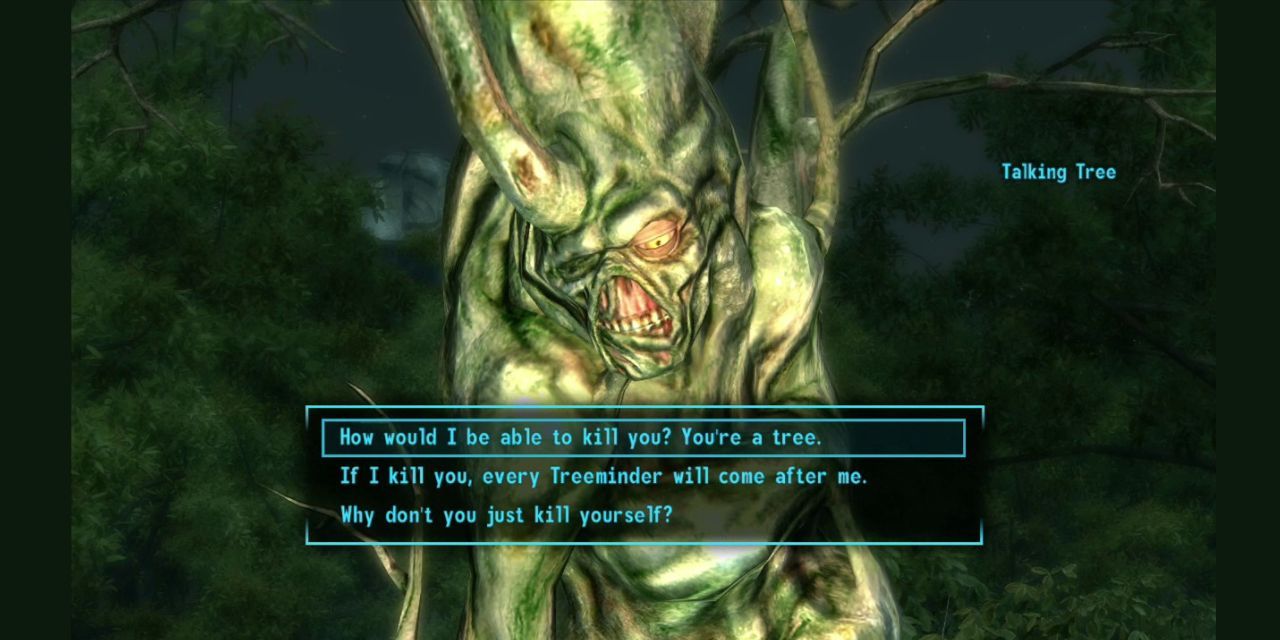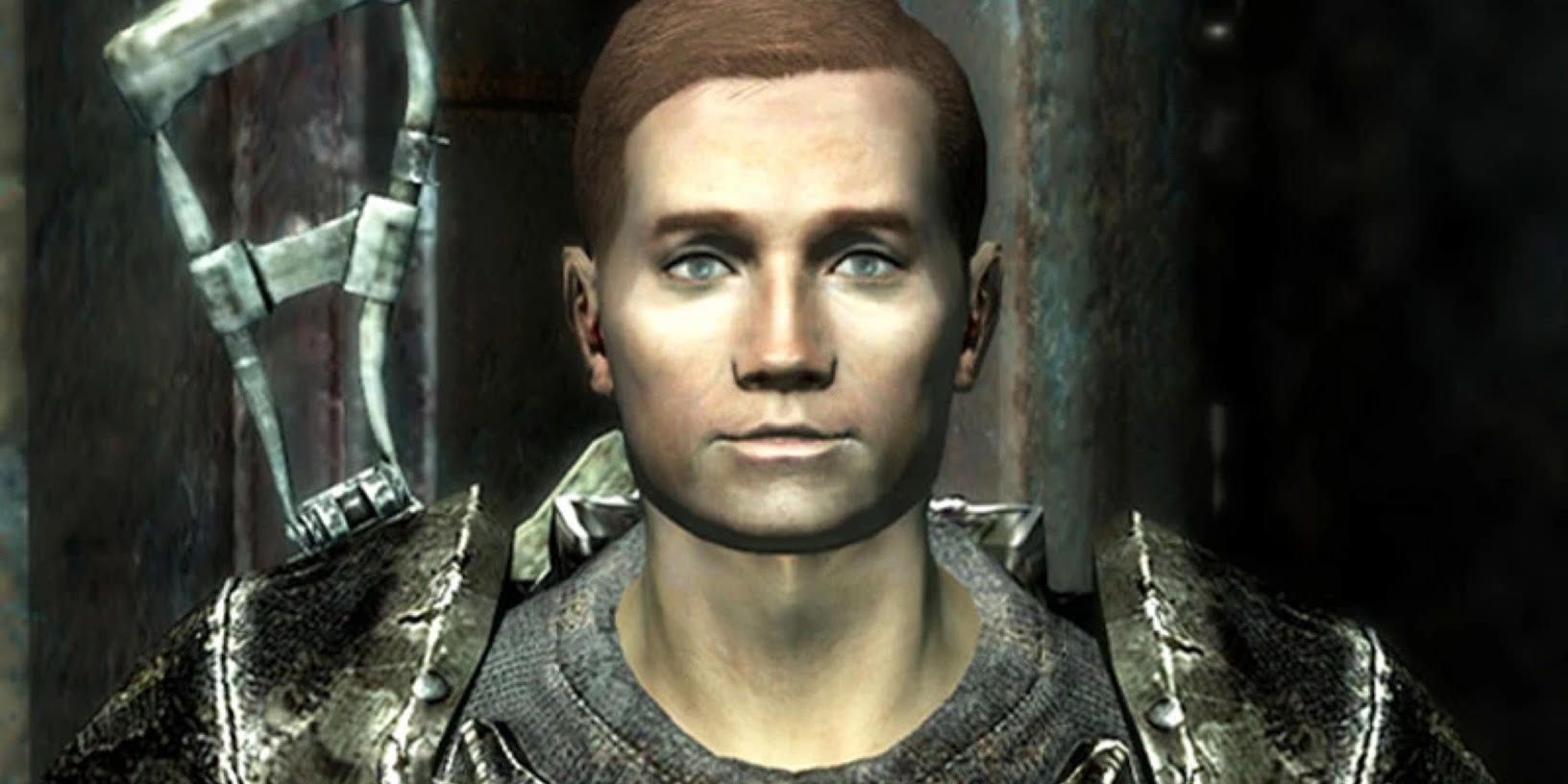Highlights
- Fallout 3 presents players with tough moral choices revolving around sacrifice, loyalty, and the greater good in a retro-futuristic, post-apocalyptic world.
- The game features disturbing plot points, such as the Tranquility Lane quest where players can choose between a town-wide massacre or freeing the vault dwellers from a mad scientist's influence.
- Players are confronted with dilemmas like whether to release a deadly virus to eliminate mutated creatures, resulting in a safer wasteland but putting all living things at risk, showcasing the Enclave's disturbing approach.
Upon its release back in 2008, Fallout 3 revitalized the long-dormant franchise, capturing the imaginations of players everywhere. Throughout the game, players frequently encounter tough choices that challenge their values and priorities.
The many moral dilemmas that pop up throughout the Capital Wasteland often revolve around themes of sacrifice, loyalty, and the greater good. From the moment players escape Vault 101, the game fully immerses them in a retro-futuristic, post-apocalyptic world where survival is paramount, and the choices they make often have wide-reaching narrative consequences. With a morally gray landscape and a litany of complex, thoughtful storylines in both the main and side quests, Fallout 3 has a variety of powerful decisions for players to think over.
6 The Trials And Tribulations Of Tranquility Lane
The Lone Wanderer's grueling quest to find their father eventually leads to the virtual hell of Tranquility Lane in Vault 112. Dr. Stanislaus Braun, a mad scientist, has locked the vault's occupants' minds within a creepy, '50s-styled simulation.
To rescue The Lone Wanderer's father from the area, players must complete a series of disturbing, antisocial tasks, seemingly for Braun's sick amusement, ending with a town-wide massacre. There is, however, another option that puts a stop to Braun's hijinks. Players who follow Old Lady Dithers' advice can activate an invasion simulation that kills almost everyone in the town, both in the virtual and real worlds. While neither option is very pleasant, wiping the town out with the invasion run-through essentially frees the vault dwellers from Braun's depraved influence, whereas doing what he says ensures his cycle of cruelty will continue unabated. It's one of the most disturbing plot points in the game and one that has no perfect moral high ground.
5 The Modified FEV Decision
The Enclave's AI President, John Henry Eden, gives players a devastating weapon at Raven Rock: The Modified Forced Evolutionary Virus. The potentially deadly item can be leaked into the Capital Wasteland's water systems during the game's climax.
For those who do move ahead with leaking it, it results in the deaths of every mutated creature in the wasteland. On one hand, wiping out menaces such as the super mutants (bar popular companion character Fawkes who is infinitely kinder and more heroic than his mutated counterparts), the deathclaws, and the mirelurks will make the wasteland a much safer place. On the other hand, the area has become so irradiated at this point that nearly every living thing born outside of a vault runs the risk of succumbing to the modified FEV's effects. It's a dark plot line that adds greatly to the Enclave's disturbing approach to cleaning up the wastes, as well as testing players' priorities.
4 The Tenpenny Tower Dilemma Is A Grim Look At Human vs. Ghoul Conflict
One of the nicest places to live in all of the Capital Wasteland, Tenpenny Tower has some grim skeletons in its closet. Many players will have already encountered Mr. Burke - one of Allistair Tenpenny's associates - in Megaton, where he suggests blowing up the entire town because it hampers the view from the eponymous tower.
That alone should give players an idea of what to expect from the shallow Tenpenny and friends upon arriving at the tower. Things take an additionally curious turn when The Lone Wanderer discovers a nearby ghoul settlement who are not allowed to live in the tower, regardless of what they have to offer, with certain members of the tower even suggesting they be wiped out. While the discrimination on display initially paints the ghouls in a sympathetic light, things quickly turn south when ghoul leader Roy Phillips reveals he's prepared to potentially invade the building via murderous feral ghouls.
While neither side is particularly noble or likable at that point, players with a high speech level can seemingly set up a peaceful process between the parties. That is, at least, until Phillips goes back on his word and has the humans in the tower killed anyway, making this a moral no-win situation for the player.
3 The Family Subverts Player Expectations
In the town of Arefu, players have the chance to investigate a pair of grim, seemingly vampiric murders. The Wests are no more and their son Ian is missing, prompting the player to go on a dark journey into the underground to find him.
The Family, a crew of former cannibals now trying to live as blood-drinking vampires, have Ian in their custody. While it would be straightforward to discover the boy had been kidnapped and vampires have to be defeated, Fallout 3 takes things in a more troublesome direction, revealing Ian himself killed his parents and drank their blood and The Family has taken him in. From there, The Lone Wanderer must decide whether to get Ian to return home and potentially try to redeem himself or leave him with The Family to keep the rest of Arefu safe from his deadly antics.
2 Harold Is In A Grim Situation In Oasis
Recurring character Harold endures arguably his saddest appearance in the series when players encounter him in the Capital Wasteland. Now firmly rooted into the ground and living life as a tree, the ever-mutating eccentric requests The Lone Wanderer put him out of his misery.
Considering the pain and torment Harold is in, his desperate suggestion is understandable, and perhaps even the kinder option. However, in the town of Oasis, the speaking tree is essentially worshiped by the townsfolk, as he continues to grow and flourish in a setting where the land beyond is a nuclear-damaged wasteland. Some of Harold's worshipers suggest the player help foster more growth from him, while others rather cruelly want him alive but not developing any further due to safety concerns. No matter which option players opt for, someone involved is destined to be unhappy with the result.
1 The Replicated Man Is One Of Fallout 3's Most High-Concept Side Quests
In one of Fallout 3's most layered and complex side quests, players must discover who is secretly an android in Rivet City. In a shocking twist, the city's head of security, Harkness, is one of The Institute's most advanced models, and the synth The Lone Wanderer seeks.
From there, the game dives in on a variety of complicated, moral themes, including identity, the nature of humanity, and sentience. For players, the ultimate call is whether or not to help Harkness escape his pursuers. The dilemma of synth freedom vs. The Institute's scientific advancements makes up the core of this compelling, often troubling storyline. The tough choice players face also highlights the importance of empathy and the surprising level of difficulty that can come with defining what makes one human.

